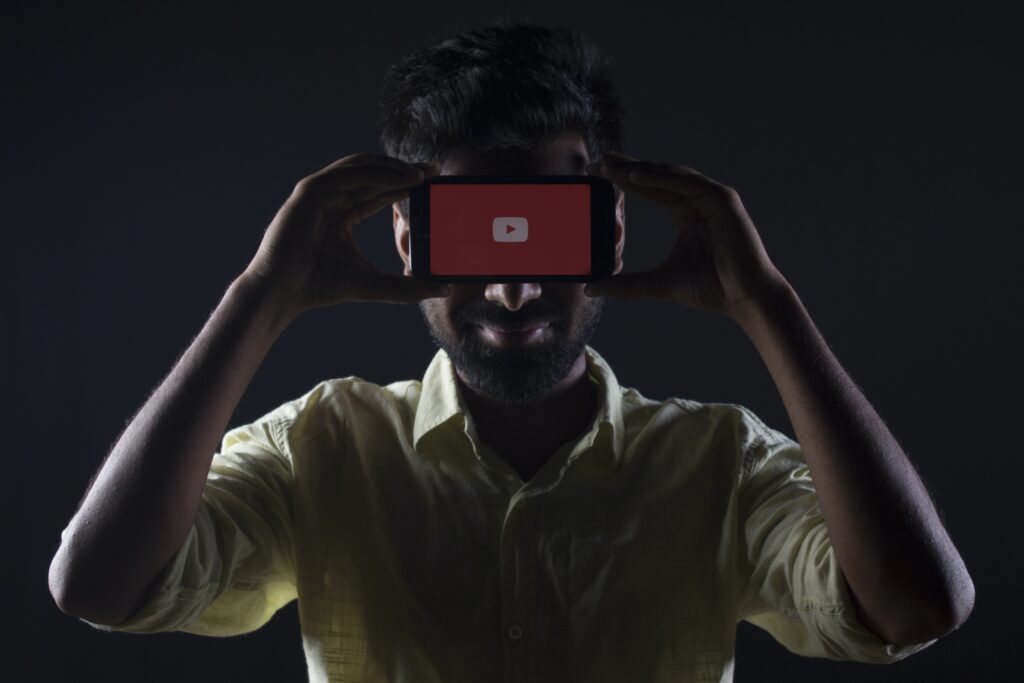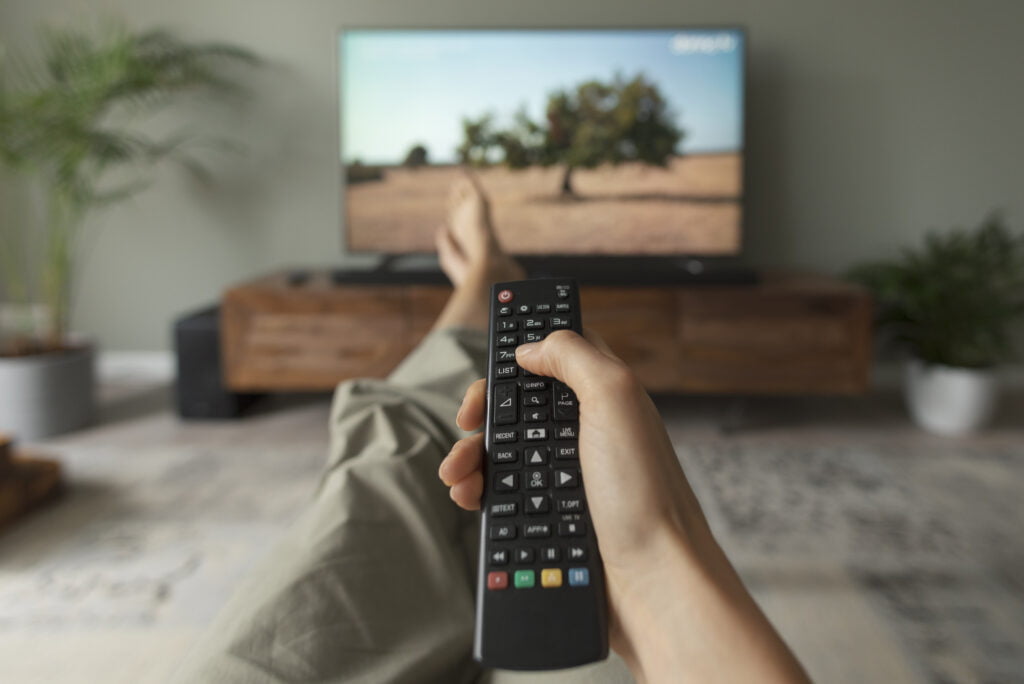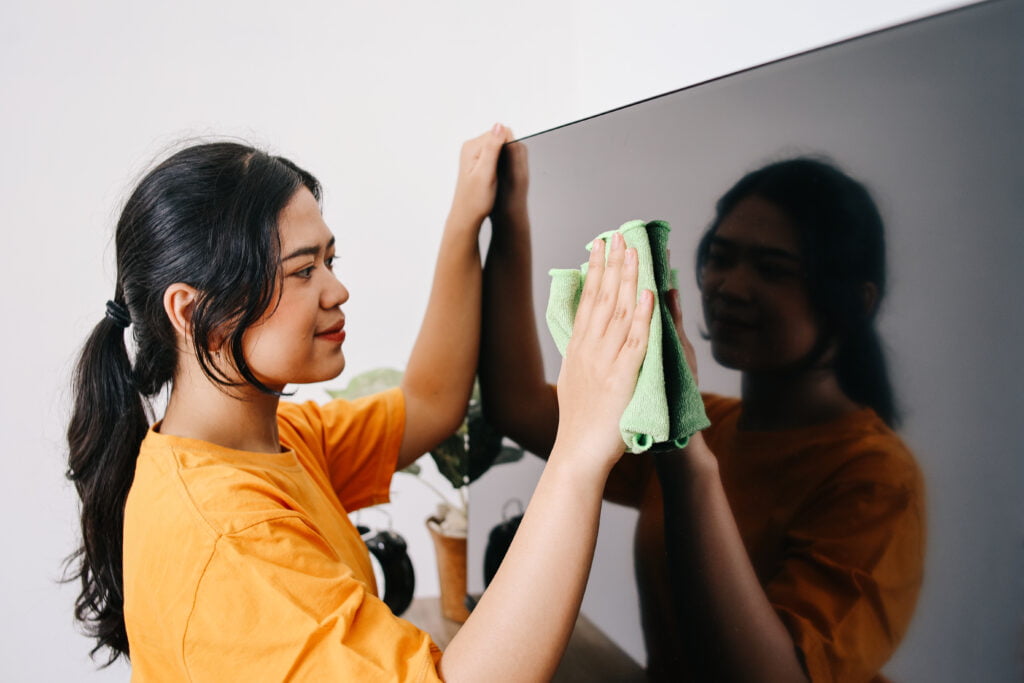So, you’ve got some awesome content on your phone or computer that you want to watch on the big screen, huh? Well, you’re in luck because I’m here to show you the ropes on how to easily cast whatever’s playing on your device directly to your TV. Whether you want to binge-watch your favorite Netflix series or show off your vacation photos to your friends and family, casting to your TV is the way to go. In this article, we’ll explore a few simple methods that will have you casting in no time – no need for any fancy equipment or technical know-how. Let’s get started, shall we?
1. Choosing the Right Device
When it comes to casting from your phone or computer to your TV, it’s important to ensure that you have the right device for a seamless experience. Here are a couple of factors to consider when choosing the right device:
1.1 TV Compatibility
First and foremost, you need to check if your TV is compatible with casting. Many modern smart TVs are equipped with built-in casting capabilities, which allows you to cast content directly from your phone or computer without the need for any additional devices. However, if you have an older TV, you may need to invest in a casting device.
1.2 Phone and Computer Compatibility
Apart from TV compatibility, you also need to consider the compatibility of your phone or computer. For casting from a phone, both Android and iOS devices are generally compatible with most casting methods. However, certain casting methods may have specific requirements, so it’s important to check if your phone meets those specifications.
Similarly, when casting from a computer, you need to ensure that your operating system is compatible with the casting method you plan to use. Most casting methods work well with both Windows and Mac systems, but it’s always a good idea to double-check before proceeding.
2. Casting Methods
Now that you have a general idea of what to look for in a casting device, let’s explore some of the popular casting methods available:
2.1 Chromecast
Chromecast is a popular casting device developed by Google. It allows you to cast content from your phone or computer directly to your TV. Chromecast works by connecting to your TV’s HDMI port, and it can be controlled using your phone, computer, or even voice commands if you have a compatible smart speaker.
2.2 Apple AirPlay
If you own an iOS device or a Mac computer, Apple AirPlay is a great casting method to consider. AirPlay allows you to wirelessly stream content from your Apple device to your TV, provided that both devices are connected to the same Wi-Fi network. It’s a convenient option for Apple users and offers a seamless integration between your devices.
2.3 Miracast
Miracast is a screen mirroring technology that allows you to mirror the display of your phone or computer onto your TV. It works by establishing a direct Wi-Fi connection between the casting device and the TV, enabling a real-time display of whatever is happening on your screen. Miracast is compatible with most Android devices and some Windows computers.
2.4 Roku
Roku is a versatile streaming platform that not only offers access to various streaming services but also supports casting from your phone or computer. With a Roku device connected to your TV, you can easily cast content from compatible apps on your phone or computer directly to your TV. It’s a user-friendly option that provides a seamless casting experience.
2.5 Smart TVs
If you own a modern smart TV, chances are it already has built-in casting capabilities. Smart TVs often support casting methods like Chromecast or AirPlay, allowing you to cast content directly to your TV without the need for any additional devices. Simply connect your phone or computer to the same Wi-Fi network as your TV and look for the casting option in your device’s settings.
2.6 HDMI Cable Connection
For those who prefer a more traditional approach, using an HDMI cable to connect your phone or computer to your TV is also a viable casting method. This method requires a wired connection, but it guarantees a stable and reliable casting experience. Simply plug one end of the HDMI cable into your device and the other end into an available HDMI port on your TV.
3. Casting from a Phone
Now that you have an understanding of the different casting methods available, let’s dive into the specifics of casting from your phone:
3.1 Screen Mirroring on Android
If you have an Android phone, screen mirroring is a convenient way to cast your phone’s display to your TV. Most Android devices have a built-in screen mirroring feature, which allows you to mirror your phone’s screen onto your TV in real-time. To activate screen mirroring, simply go to your phone’s settings, look for the “Screen Mirroring” or “Cast” option, and select your TV from the available devices.
3.2 Screen Mirroring on iOS
For iOS users, the process of screen mirroring is slightly different. Instead of a built-in feature, iOS devices use AirPlay to cast content to your TV. To start screen mirroring on an iPhone or iPad, swipe down from the top right corner of your screen to access the Control Center. Tap on the “Screen Mirroring” option, and select your TV from the list of available devices.
3.3 Casting via Apps
Many popular streaming apps offer built-in casting capabilities, making it even easier to cast content from your phone to your TV. Apps like YouTube, Netflix, and Spotify have a casting icon that allows you to instantly send the content to your TV with a single tap. Simply open the app, play the desired content, and look for the casting icon. Tap on it, and select your TV as the casting device.
4. Casting from a Computer
If you prefer to cast from your computer, whether it’s for work presentations or watching movies, here’s how you can do it:
4.1 Screen Mirroring on Windows
Windows computers offer several ways to cast your screen to your TV. One of the most popular methods is using the built-in “Connect” app. To start screen mirroring on Windows, open the “Connect” app from the Start menu, and select your TV from the list of available devices. Once connected, your computer’s screen will be mirrored on your TV, allowing you to share presentations or stream videos.
4.2 Screen Mirroring on Mac
Mac users can utilize the built-in AirPlay feature to cast their screen to a compatible TV. To cast from a Mac computer, click on the AirPlay icon in your menu bar and select the option to mirror or extend your display. Choose your TV from the list of available devices, and your Mac’s screen will be wirelessly mirrored on your TV in no time.
5. Troubleshooting Common Issues
Sometimes, casting may not work as smoothly as expected. Here are a few common issues you might encounter and how to troubleshoot them:
5.1 Network Connection
One of the most common issues with casting is a poor network connection. Ensure that both your phone or computer and your TV are connected to the same Wi-Fi network. If you’re using a casting device like Chromecast or Roku, make sure it’s connected properly. Restarting your router and checking for any software updates on your casting devices can also help resolve network-related problems.
5.2 Device Recognition
If your TV or casting device is not being recognized by your phone or computer, double-check that they are on the same Wi-Fi network. Restarting both devices can also help in refreshing their connections. Additionally, make sure that your casting device is compatible with the casting method you’re trying to use.
5.3 Audio or Video Lag
Sometimes, you may experience audio or video lag when casting. This can be due to a slow network connection or your TV’s processing capabilities. To minimize lag, reduce the number of devices connected to your Wi-Fi network, place your router closer to your TV, and ensure that both your phone or computer and your casting device are running the latest software updates.
6. Enhancing the Casting Experience
To enhance your casting experience and make the most out of it, here are a few tips:
6.1 Using Media Servers
Consider using media server applications like Plex or Kodi to manage and stream your media files. These applications allow you to organize your collection, retrieve relevant metadata, and provide a better overall streaming experience. By setting up a media server on your computer or NAS (Network Attached Storage) device, you can access your media library and cast it to your TV effortlessly.
6.2 Streaming Quality
To ensure a smooth and high-quality streaming experience, check the streaming settings on both your casting device and your phone or computer. Adjust the resolution, bitrate, or streaming quality to match your network capabilities and the capabilities of your TV. Higher-quality streams may require a faster and more stable network connection, so make sure your environment can handle it.
6.3 Casting Multiple Devices
If you have multiple TVs or casting devices in your home, you can create a multi-room casting setup. This allows you to cast content simultaneously to different devices, creating a synchronized audiovisual experience throughout your home. Some casting methods, like Chromecast and AirPlay 2, offer native support for multi-room casting, while other devices may require third-party apps or additional configurations.
7. Security Considerations
When casting from your phone or computer, it’s essential to consider the following security considerations:
7.1 Privacy Settings
Make sure to review and adjust the privacy settings on your casting devices and apps. Some casting methods require granting permissions or enabling certain settings to function properly. Take the time to understand and manage these privacy settings to ensure your personal information is protected.
7.2 Protecting your Devices
To protect your devices and data, it’s important to keep them up to date with the latest software and security patches. Regularly check for updates on your phone, computer, casting devices, and apps to ensure that any known vulnerabilities are patched. Additionally, consider using strong passwords and enabling two-factor authentication whenever possible to enhance the security of your devices.
8. Alternatives to Casting
While casting is a convenient way to stream content from your phone or computer to your TV, there are alternative methods you can consider:
8.1 Streaming Devices
If your TV doesn’t have built-in casting capabilities or you’re looking for additional features, you can opt for streaming devices like Amazon Fire TV Stick, Roku Streaming Stick, or Apple TV. These devices connect to your TV and offer a wide range of streaming options, including casting capabilities, dedicated apps, voice control, and more.
8.2 Video Cables
If you prefer a more direct and reliable connection, using video cables is a viable option. HDMI cables allow you to connect your phone or computer directly to your TV, providing a stable and high-quality viewing experience. However, keep in mind that using cables may limit your mobility and flexibility, as you’ll need to physically connect and disconnect your devices.
9. Benefits and Limitations
As with any technology, casting has its own set of benefits and limitations. Let’s take a closer look at each:
9.1 Advantages of Casting
- Convenience: Casting allows you to easily stream content from your phone or computer to your TV without the need for extra cables or devices.
- Flexibility: With casting, you can access a wide range of streaming services and apps, giving you the freedom to choose what you want to watch.
- Multi-device support: Casting methods like Chromecast and AirPlay enable you to cast content to multiple devices simultaneously, creating a seamless multi-room experience.
- User-friendly: Most casting methods are designed to be user-friendly, with simple setup processes and easy-to-use interfaces.
9.2 Limitations of Casting
- Network dependency: Casting relies on a stable and fast network connection. If your network is weak or congested, it may result in buffering, lag, or poor video quality.
- Compatibility limitations: While casting methods are becoming more universal, there may still be compatibility limitations between different devices and casting methods.
- DRM restrictions: Some streaming services or apps may have Digital Rights Management (DRM) restrictions that prevent their content from being cast to your TV.
- Battery drainage: Casting from your phone can consume more battery power, especially if you’re simultaneously using other apps or features.
10. Future of Casting Technology
As technology continues to evolve, so does casting technology. Here are a couple of trends and advancements to look out for:
10.1 Developing Standards
As the demand for casting grows, there is a push for developing universal casting standards. This would allow for seamless compatibility between different devices, casting methods, and platforms, making it even easier for users to enjoy their favorite content on the big screen.
10.2 Wireless Advancements
Wireless technologies, such as Wi-Fi 6 and upcoming standards like Wi-Fi 6E, are designed to provide faster and more reliable network connections. With these advancements, casting will become even smoother and more responsive, minimizing issues like buffering or lag.
In conclusion, casting technology offers a convenient and flexible way to stream content from your phone or computer to your TV. By choosing the right device, understanding the various casting methods, and troubleshooting common issues, you can enjoy a seamless casting experience while maximizing the benefits and minimizing the limitations. Stay updated with the latest advancements and consider alternative methods to meet your specific streaming needs. Happy casting!



